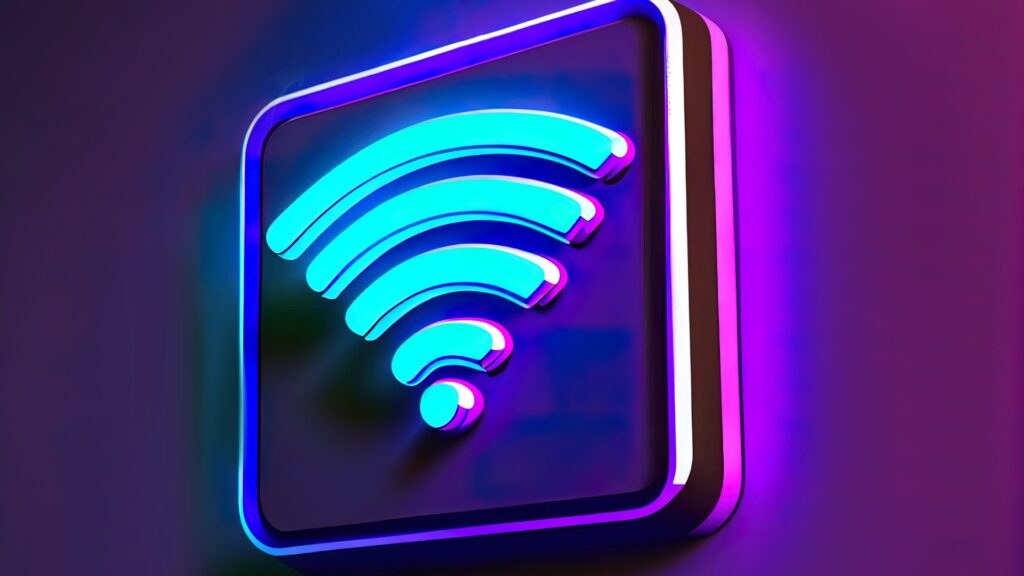
Many individuals believe their home Wi-Fi network is secure because they have set a password. However, this assumption is often incorrect. With the rise of remote work and the increasing number of smart devices in our homes, the reliability and security of our home networks are more critical than ever before.
Each smart device added to the network, such as smart speakers, connected light bulbs, and video call systems, contributes to the strain on the network. Despite this, many people do not regularly check if their network is adequately protected.
Hackers can exploit vulnerabilities in unsecured devices, while internet service providers quietly monitor online activities. Additionally, personal devices may unknowingly leak unencrypted data. Even websites that use HTTPS do not fully safeguard privacy, as ISPs can still track visited domains. It is essential to assess the actual safety of your home network setup.
While most individuals believe that a Wi-Fi password guarantees home network security, this is far from accurate. In reality, numerous home routers are susceptible to attacks right out of the box due to factors such as outdated firmware, continued use of weak encryption like WPA2, and unchanged default passwords that are easily guessed by attackers.
Recent research revealed a serious case where a botnet called “AyySSHush” compromised thousands of routers from various manufacturers by exploiting weak login credentials, outdated security settings, and known firmware vulnerabilities. The sophistication of the attack led experts to suspect involvement by a nation-state.
It is not just routers at risk; smart home devices like cameras and doorbells are often neglected after installation, lacking necessary security updates and testing before being released to market. These devices can serve as entry points for hackers when connected to the same network as main devices. Even guest Wi-Fi networks pose risks if not properly secured or isolated.
To minimize exposure to such vulnerabilities:
– Enable WPA3 encryption if supported by your router.
– Update router firmware and change default passwords.
– Create separate networks for smart devices and guests.
– Activate your router’s firewall if available.
– Utilize a secure DNS provider like Cloudflare to block malicious domains proactively.
While antivirus software and firewalls are essential for device protection against known threats and managing connections, they do not secure internet connections themselves. A VPN establishes a private encrypted tunnel between your device and online services, shielding your data from interception by outsiders including ISPs.
With a VPN:
– Your IP address remains hidden for privacy.
– Data encryption prevents interception.
– ISP tracking can be avoided.
– Public Wi-Fi security is enhanced.
However, VPNs do not offer complete protection against all online threats like phishing scams or malware. Strong antivirus software and safe browsing habits remain necessary for comprehensive digital security.
When selecting a VPN service:
– Avoid free VPNs that may log activity or sell data.
– Choose a VPN with strict privacy policies and robust encryption.
– Ensure high-speed servers are available.
– Consider VPNs based in countries with strong privacy laws for added protection.
In conclusion, appearances can be misleading when it comes to home Wi-Fi security. Weak router configurations, ISP tracking practices, and insecure smart devices all pose risks to personal data. While VPNs provide a crucial layer of defense by encrypting traffic and enhancing privacy, comprehensive digital security requires multiple layers including antivirus software, strong passwords, updated firmware, and secure DNS services.
